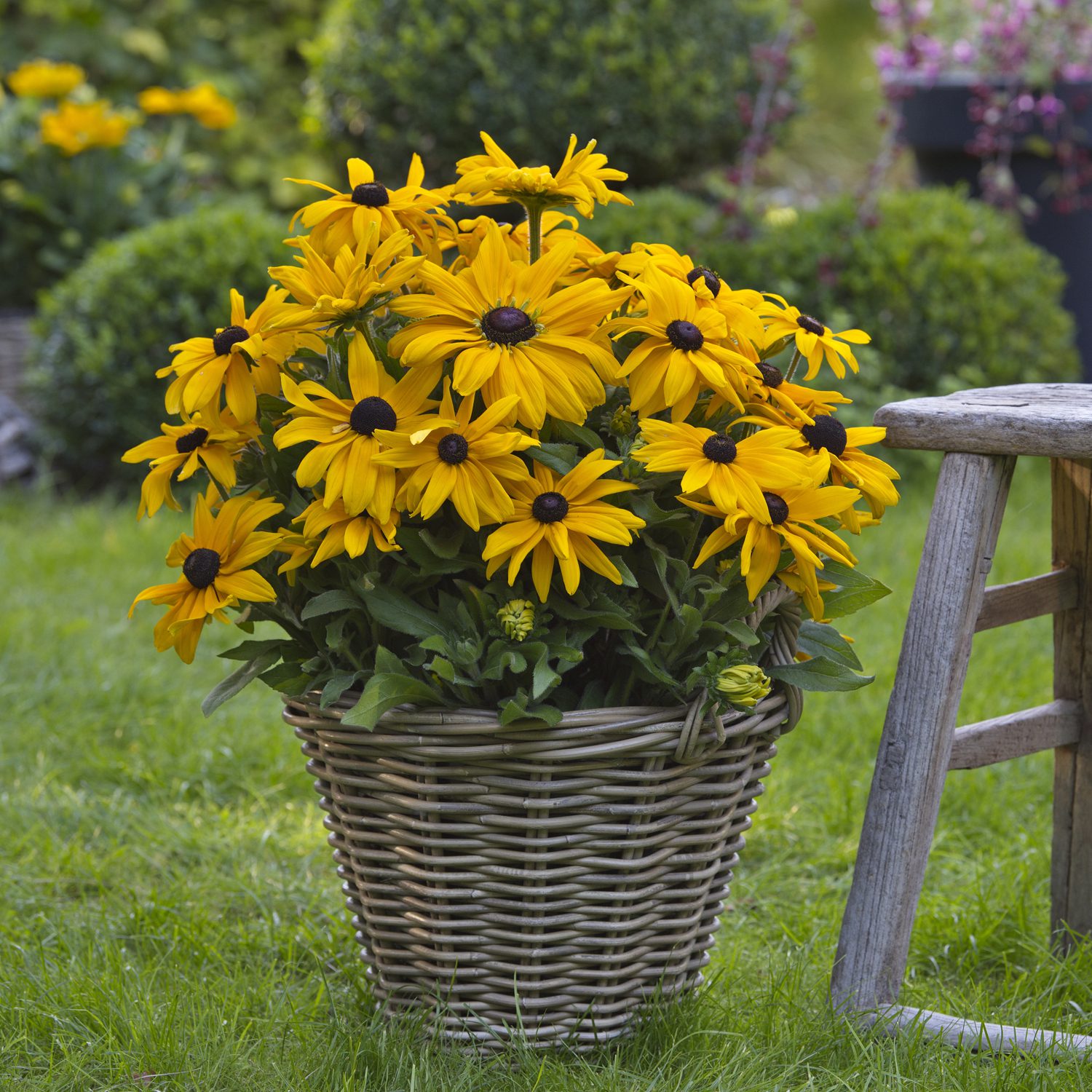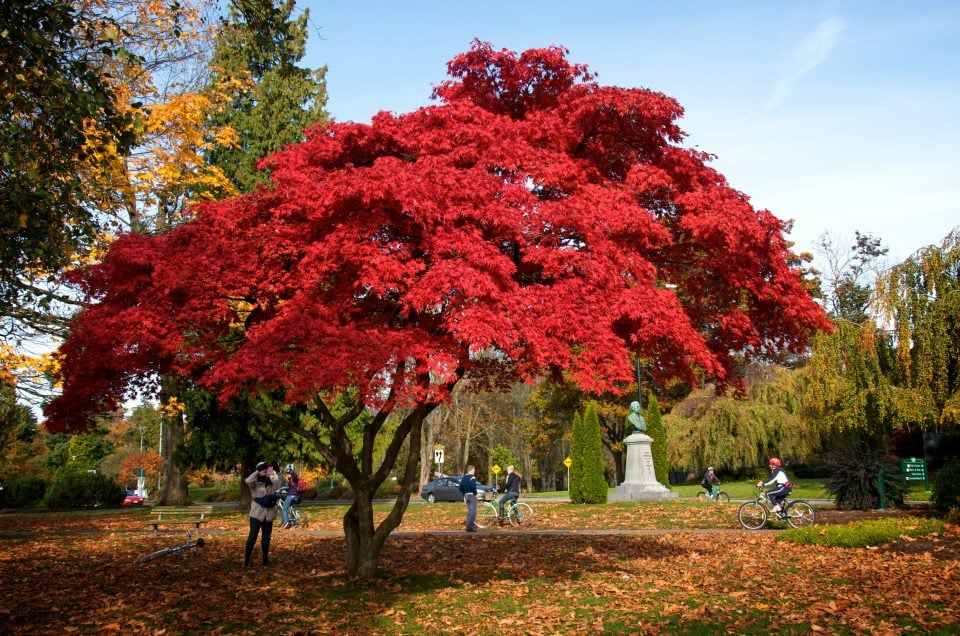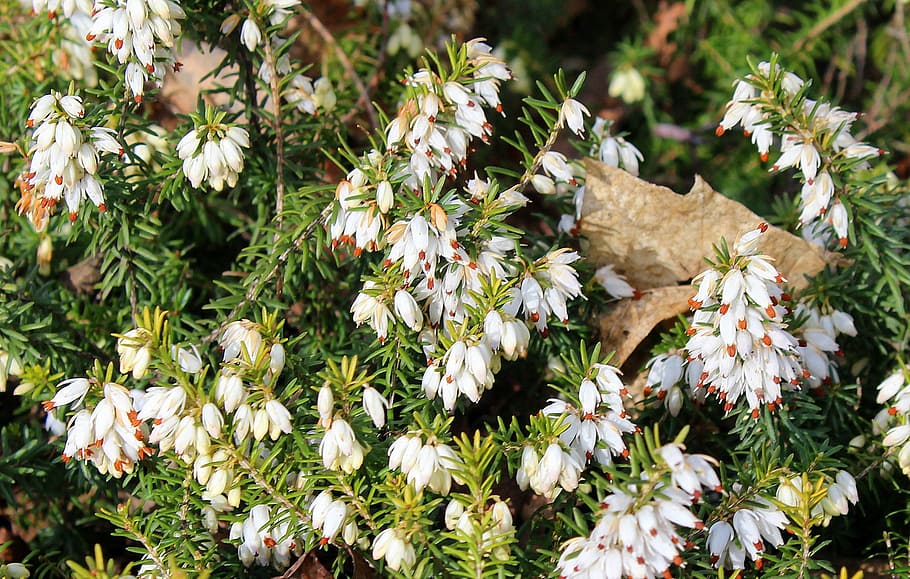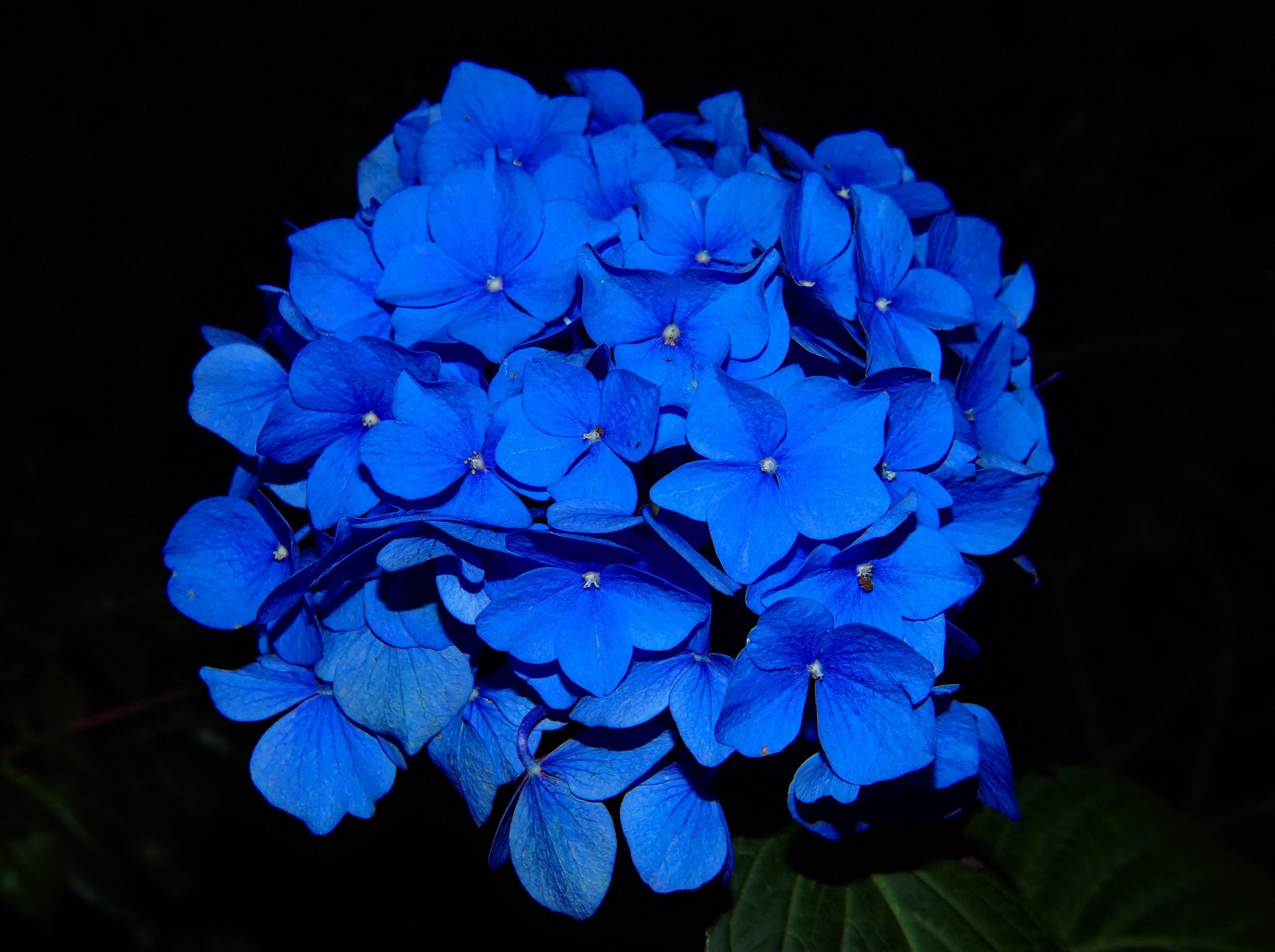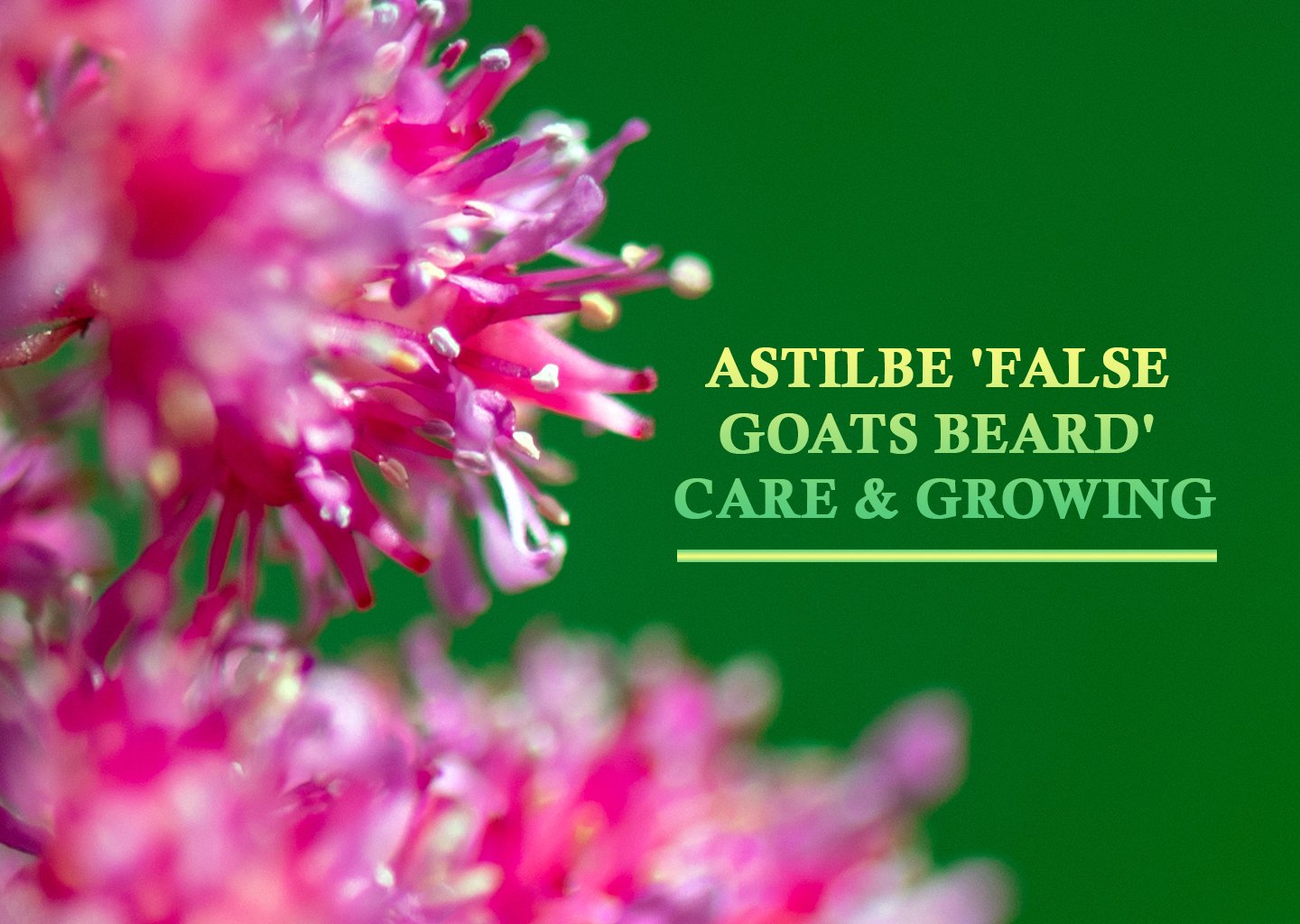The Ultimate Yucca Plant Care Guide: From Planting to Pruning
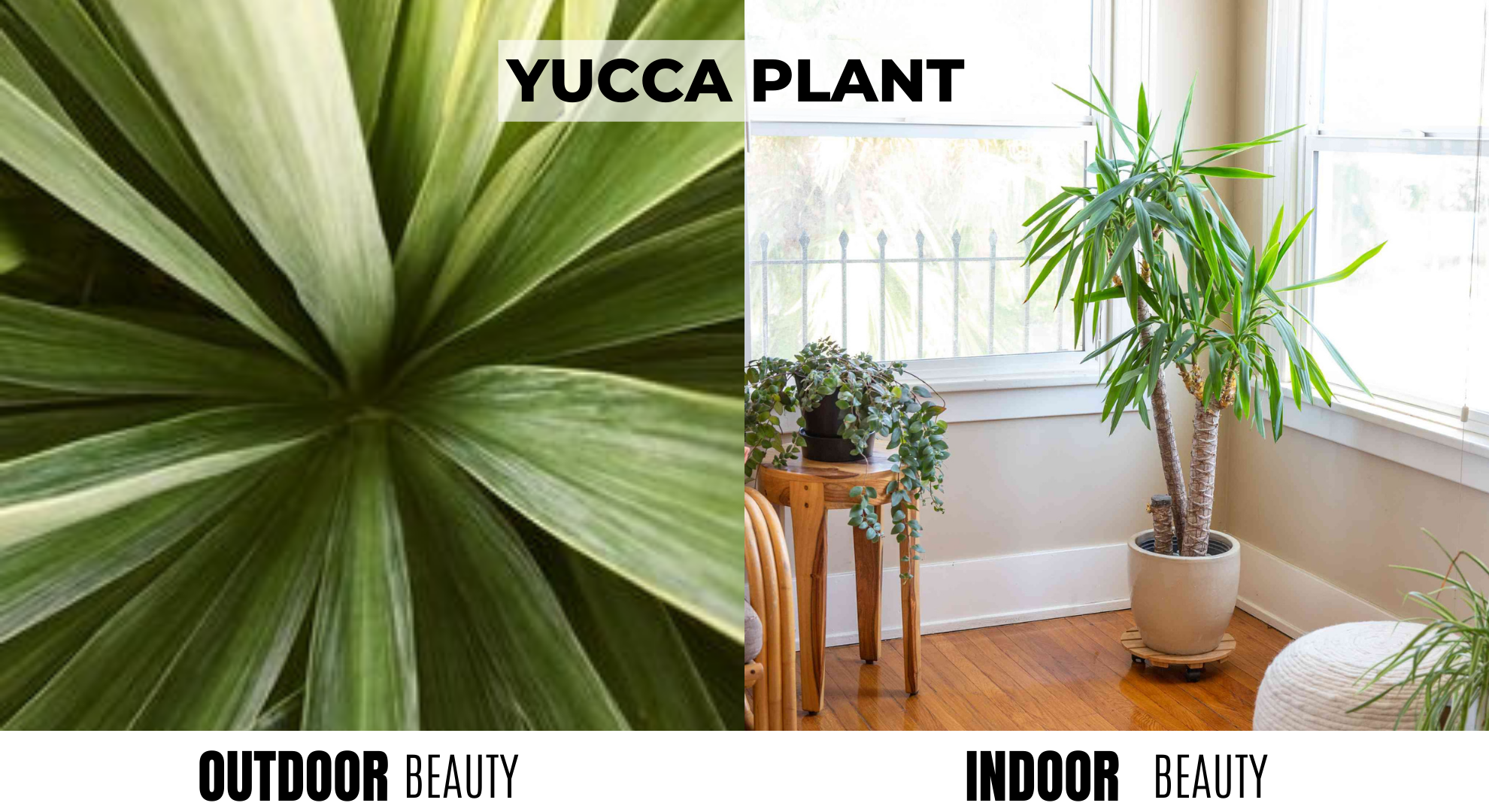
Table of Contents
Do you want a cool plant that doesn’t need much attention but still looks good? In that case, the Yucca plant might pique your curiosity! It has thorny leaves and the ability to grow huge. Nonetheless, despite its toughness, it requires some specialized care to thrive.
With its minimalism, the Yucca plant steals the show with its symmetrical leaves and razor-sharp leaves that spread evenly. It can be placed indoors in a corner, instantly elevation the aesthetic of the corner and filling your room with a calm and serene vibe.
Let’s begin by learning how to care for your yucca plants. This article will teach you all you need to know about caring for yucca plants, from where to plant them to how to keep them healthy, so prepare to learn everything you need to know about caring for yucca plants.
Yucca Plant Overview
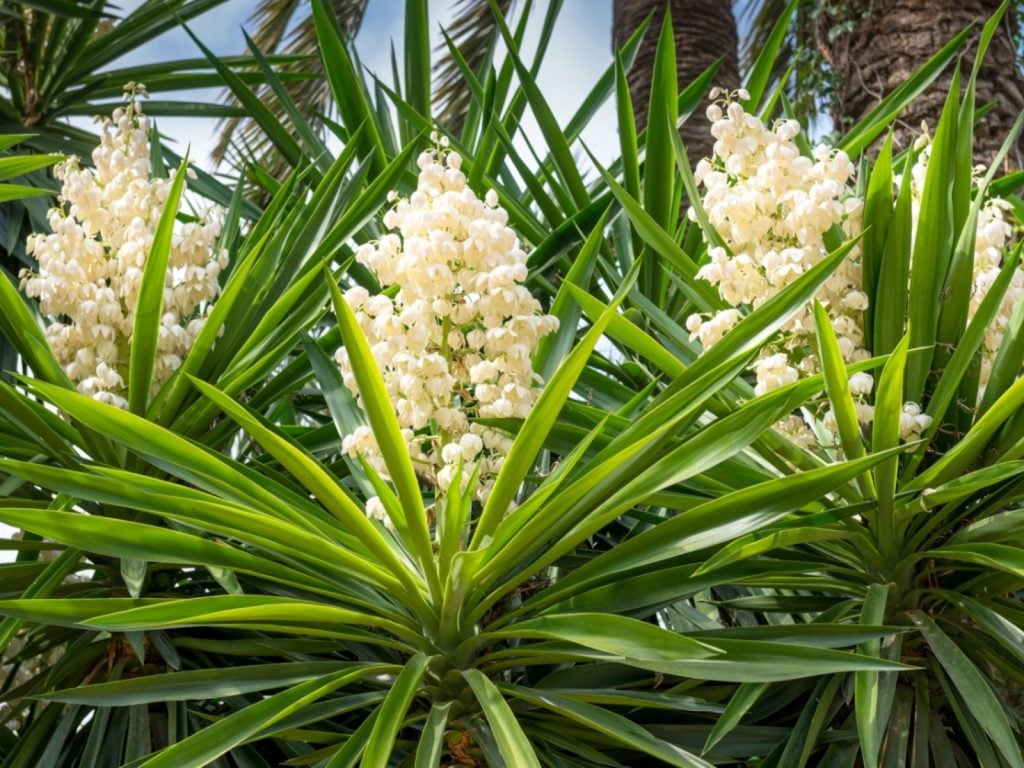
- The Yucca plant comes from hot, dry parts of North, Central, and South America. It is in the family Agavaceae.
- It is a popular choice for gardening and home décor because of its large size and spiky leaves.
- Yuccas can handle drought and grow best in the dirt that drains well, so they are a good choice for dry or desert-like places.
- You can also grow them in other areas, as long as they get a lot of sunlight and only a little water.
- Root rot can happen if you water too much, so you should let the dirt dry out between waterings.
- You can spread yucca by planting seeds or stems.
- They look great as the main plants in parks or in pots inside.
- With the right care, yucca plants can live for many years and add a touch of natural beauty to any area.
How to Grow Your Yucca Plants Outdoors
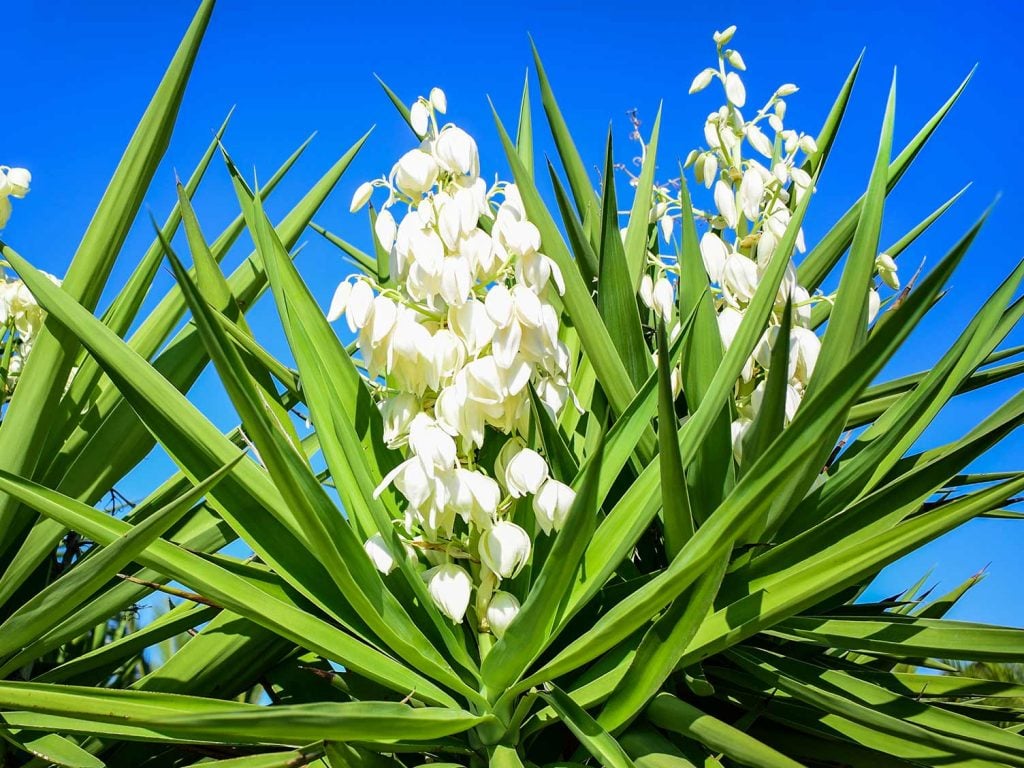
1. Choose the Right Yucca Variety
Some yucca varieties are better suited for indoor growing, such as Yucca elephantipes (also known as spineless yucca) or Yucca guatemalensis (also known as Guatemala yucca). These plants are tolerant of low light levels and can grow well indoors.
2. Provide Ample Light
Although yucca plants can tolerate low light, they still need ample light to grow and thrive. Place your yucca plant near a bright, sunny window or under artificial lights if natural light is not available.
3. Thorough Watering
Yucca plants do not require frequent watering, and overwatering can cause root rot. Wait for the soil to dry out completely before watering, and then water thoroughly, allowing the excess water to drain away.
4. Provide Balanced Soil
Yucca plants prefer well-draining soil that is slightly alkaline. Use a cactus or succulent potting mix to ensure good drainage. Using the recommended soil will ensure that your plant thrives well.
5. Applying Fertilizer
Yucca plants do not require frequent fertilization, but you can give them a boost of nutrients by applying a balanced fertilizer once or twice a year. But remember not to over-fertilise, as that can harm the soil and your plant.
6. Temperature and Humidity
Yucca plants prefer warm temperatures and low humidity. Keep your indoor yucca plant in a room with temperatures between 60-80°F (15-26°C), and avoid placing it near drafty windows or doors.
7. Repotting of Yucca Variety
Yucca plants can outgrow their pots over time and may need to be repotted. Re-pot your yucca plant into a slightly larger pot with fresh potting soil every 2-3 years. To keep up with this rate of growth, its essential to go one size above for the pots.
8. Proper Pruning Technique
Pruning helps in the healthy development of your plant. It stimulates new branch development and speeds up the rate of growth. Prune dead or damaged leaves as needed to keep your yucca plant looking its best.
How to Care for Yucca Plants Outdoors
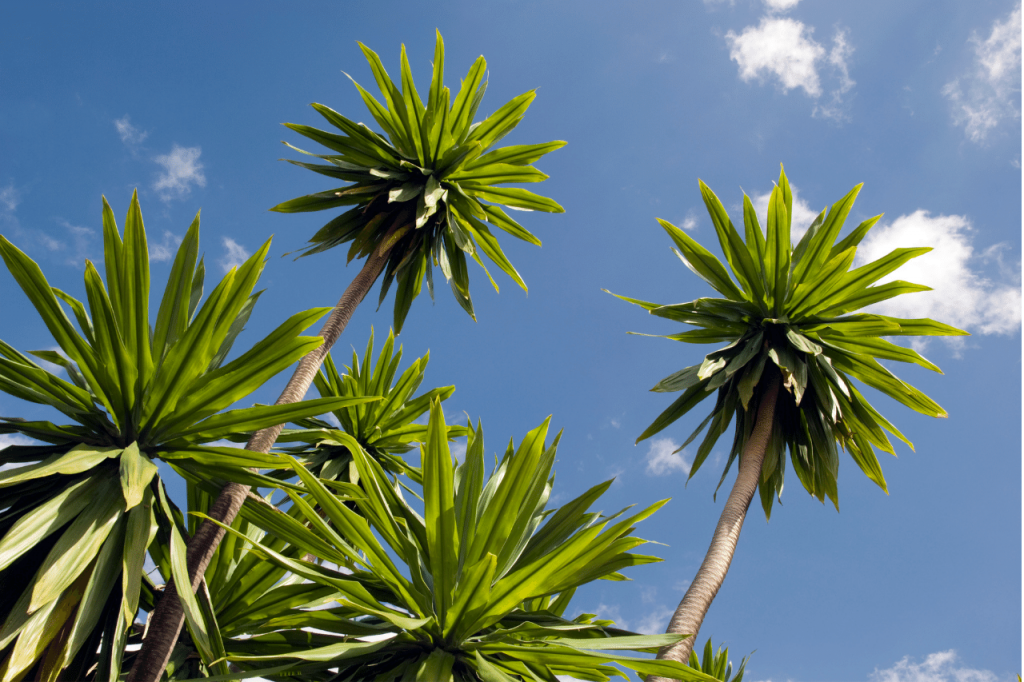
1. Proper Watering
Yucca plants demand a moderate amount of water. Allow the soil to dry slightly before watering once more. Overwatering can cause root rot, so make sure the soil drains well.
2. Required Temperature
Yucca plants prefer temperatures ranging from 60 to 80 degrees Fahrenheit (15 to 27 degrees Celsius). They can withstand colder temperatures but may suffer harm if exposed to frost or excessive cold.
3. Level of Humidity for Growth
Yucca plants do not require high levels of humidity. They can withstand dry indoor conditions, making them an excellent choice for low-maintenance houseplants.
4. Application of Fertilizer
Yucca plants do not require fertilizing on a regular basis. During the growing season (spring and summer), you can fertilize your yucca plant once a month with a balanced liquid fertilizer.
5. Pruning Techniques
Yucca plants require little pruning. To improve the plant’s look, remove any dead or yellowing leaves. You can enjoy a healthy and gorgeous yucca plant indoors if you follow these care instructions.
6. Adequate Sunlight
Yucca plants require direct, strong light. They can withstand some direct sunlight, but too much can cause leaf damage. Place your yucca plant in a well-lighted area or near a window.
Common Yucca Plant Problems and Solutions
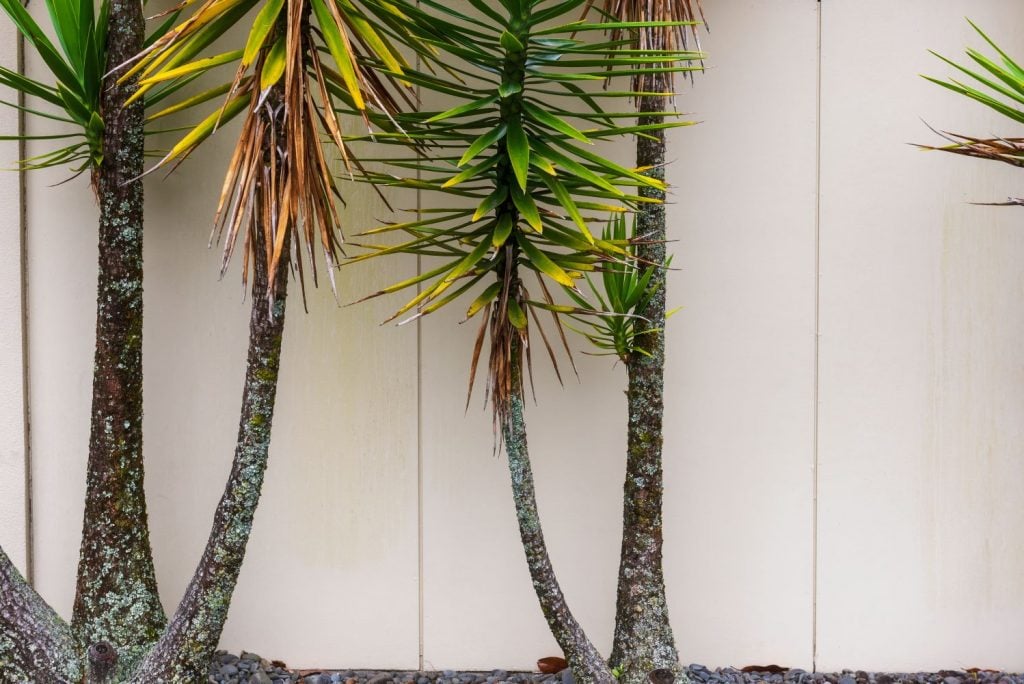
1. Yellowing leaves
There is a common misconception that yellow leaves on yucca plants are caused by overwatering. What is this? You can cause root rot to occur by watering your plants too much or too often. The yucca should be planted in sandy, well-draining soil so that the water drains easily and it doesn’t stay too wet for too long when it is watered.
Solutions-
- Check the soil moisture.
- Adjust the watering schedule.
- Check for pests.
- Address nutrient deficiencies.
- Provide ample light.
2. Brown Leaf Tips
There are several causes of brown leaf tips in yucca plants, including overwatering, underwatering, low humidity, or exposure to cold temperatures.
Solutions-
- Check the soil moisture.
- Adjust the watering schedule.
- Increased humidity
- Avoid cold temperatures.
- Prune damaged leaves.
3. Root rot
In yucca plants, root rot is a common problem that is usually caused by a lack of drainage or overwatering. Here are some steps you can take to resolve root rot in your plants.
Solutions-
- Remove the affected plant from its pot.
- Trim away the rotted roots.
- Treat the roots.
- Repot the plant.
- Adjust the watering schedule.
- Provide proper air circulation.
Common Species of Yucca Plant
Yucca species are summarized in this table, including their common names, native regions, and some of their key features-
|
Species Name |
Common Name |
Native Region |
Characteristics |
|
Yucca filamentosa |
Adam’s needle |
Southeast US |
Long, pointed leaves; white flowers in the summer |
|
Yucca gloriosa |
Spanish dagger |
Southeast US |
sword-like leaves; white or cream-coloured flowers |
|
Yucca brevifolia |
Joshua tree |
Southwest US |
Spiky green leaves, an iconic symbol of the Mojave |
|
Yucca rostrata |
None |
Northern Mexico |
Blue-gray leaves in spherical shape; white flowers |
|
Yucca aloifolia |
Spanish bayonet |
Southeast US |
Long, sword-like leaves; white or cream-coloured flowers |
Uses of Yucca Plant in Landscaping and Home Décor
- Yucca flowers and fruit are nutritious and high in carbohydrates.
- The root has anti-inflammatory properties and contains important nutrients.
- Yucca has been shown to be beneficial in the treatment of various health conditions.
- The high amount of vitamin C and antioxidants in Yucca boosts the immune system and overall health.
- Yucca has air-cleaning properties.
- Yucca can be used to make all-natural shampoo and soap.
Landscape Design Tips For Yucca Plant
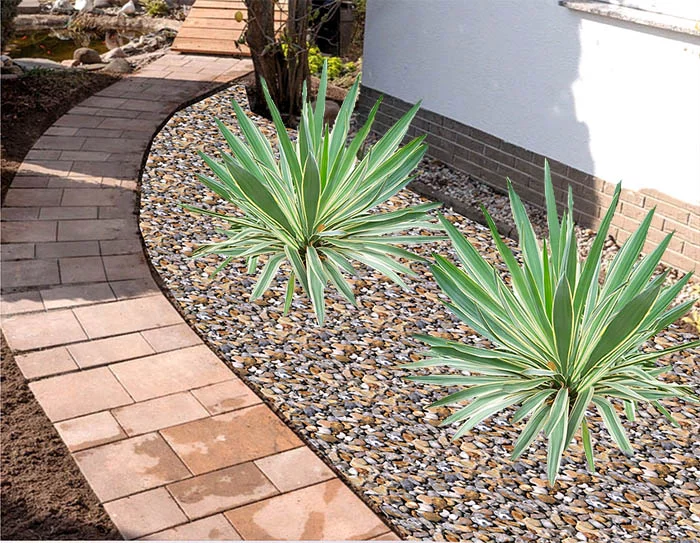
1. Consider the Plant’s Size and Shape
Yucca plants range in size and shape from small, rounded shrubs to tall, spiky trees. Determine which type of yucca plant would work best for your space and the other plants in your landscape design.
2. Create Contrast
Yucca plants have a unique, spiky texture that can add contrast to a landscape design. Consider matching them with plants with softer, more rounded shapes or with larger leaves.
3. Provide Yucca Plants with a Focal Point
Yucca plants can provide an eye-catching focal point in a landscape design. Consider using a tall, spiky yucca plant as a focal point in a rock garden or at the end of a garden bed.
4. Choose Complementing Colours
Yucca plants have a blue-green tint that goes well with other plants that have similar colours, such as lavender or Russian sage. To create a striking, eye-catching display, pair yucca plants with plants that have contrasting hues, such as orange or red blossoms.
5. Placement Is Important
Yucca plants have pointy leaves, so be careful where you position them in your landscape design. Avoid putting them near pathways or seating places where people can bump into them.
Summing Up!
The article describes the yucca plants’ overview and their common species, uses, and how to grow and care for them, including providing enough light, choosing the right variety, watering, soil, fertilizing, temperature and humidity, repotting, and pruning. The article addresses frequent yucca plant issues and associated solutions.
Yucca plants are low-maintenance and beautiful! These plants may beautify any space with proper maintenance. With its diverse species, it exists in many places and offers unique characteristics to each landscape. Let us know which species of this plant is suitable for your area to grow.
Try it, and let us know how your yucca plant does in the comments! We will be happy to answer any questions you might have in the comment section below if you have any doubts.
Frequently Asked Questions
What Is the Yucca Plant, and Where Does It Come From?
The Yucca plant is native to hot, dry regions of North, Central, and South America. It belongs to the Agavaceae family and is popular for gardening and home décor due to its huge size and spiky foliage. Yuccas can withstand drought and thrive best in well-drained soil, making them an excellent choice for dry or desert-like environments. Yucca filamentosa, Yucca gloriosa, Yucca brevifolia, Yucca rostrata, and Yucca aloifolia are some common Yucca plant species.
How Often Should I Fertilize My Yucca Plant?
Yucca plants do not require frequent fertilization and can thrive in the absence of it. You can, however, give your plant a boost by applying a balanced fertilizer once or twice a year throughout the growing season (spring and summer). Follow the directions on the fertilizer container and avoid over-fertilizing, as this might harm the plant.

